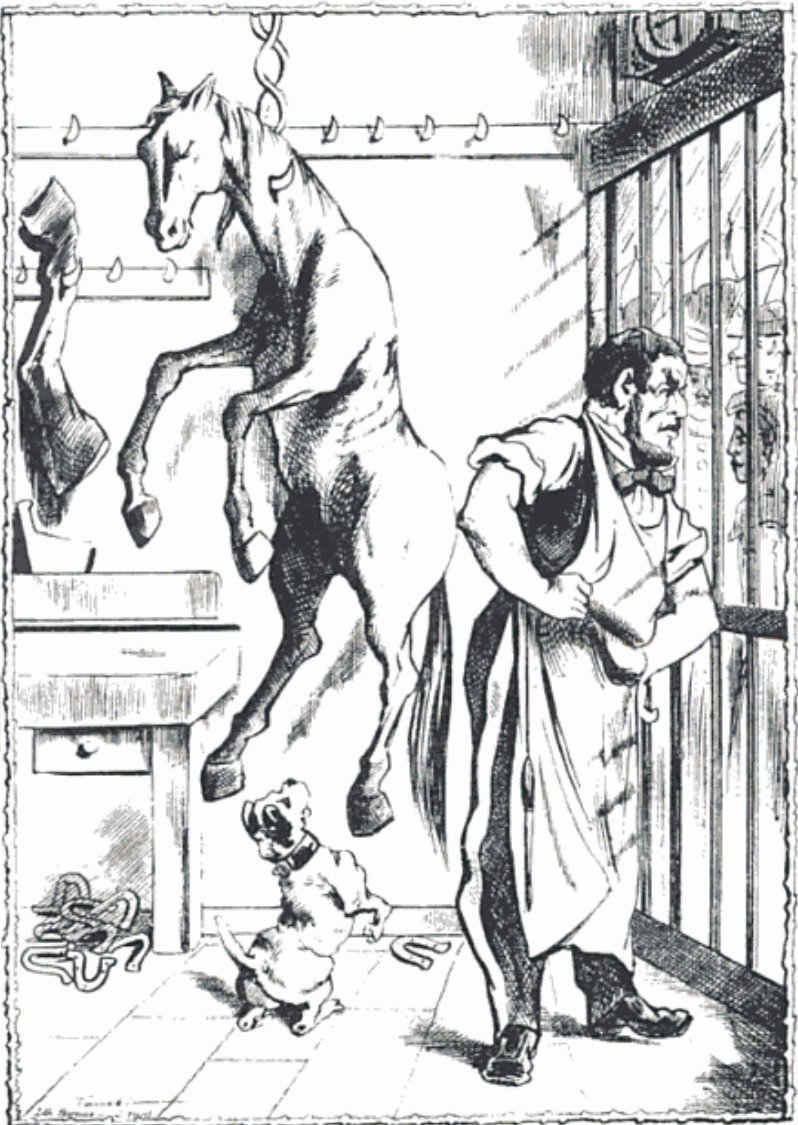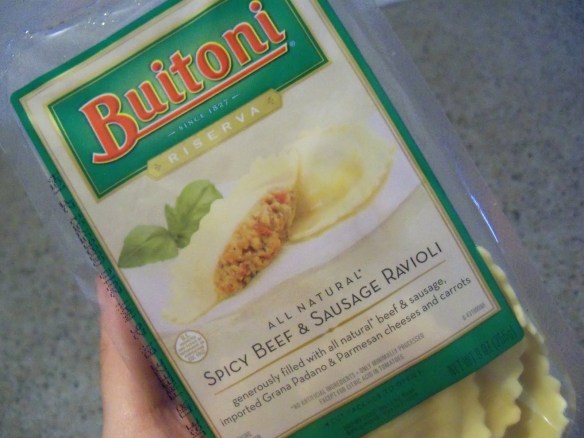This video from Armenia is called Bezoar Goats, Caucasus Wildlife Refuge.
From Wildlife Extra:
Endangered Caucasian leopard confirmed in Armenia
Leopards clinging on in the Caucasus
February 2013. … Conservation workers’ efforts to preserve habitat for the endangered Caucasian Leopard in Armenia have been boosted by confirmation of the leopard’s presence in a protected area.
Staff of the Tisch Family Zoological Gardens in Jerusalem have run a series of genetic tests on samples of fur and faeces found in an area managed for conservation by Armenian NGO, the Foundation for the Preservation of Wildlife and Cultural Assets (FPWC). In the past few days, the zoo has confirmed that the samples are indeed from a rare Caucasian Leopard.
The news from Jerusalem Zoo confirms what FPWC field experts have believed but so far have been unable to prove. Ruben Khachatryan, Director of Yerevan Zoo, and founder of FPWC describes the scientific proof as highly important: “It demonstrates beyond any doubt that this majestic but unfortunately highly endangered predator still dwells in Armenia and that our efforts to protect its habitat are not in vain.”
Mary Tibbett, Conservation Programmes Officer at World Land Trust (WLT), which is supporting FPWC’s work, adds: “This finding is a great boost to conservation efforts in Armenia. Although possibly reduced to as few as 15 animals in Armenia, the Caucasian Leopard subspecies is resilient and we believe it can be saved. But if it is to prosper in the wild, we need to see better research and monitoring, improved protection for habitat, and tougher action against hunters and poachers. If we do not take steps now, it may be too late.
“FPWC are doing a tremendous job in this challenging environment and I urge anyone who cares about conservation to help secure the future of this magnificent creature by donating to WLT’s Caucasian Leopard Special Appeal, which is running until the end of April.”
FPWC’s rangers have increased the number of Bezoar Ibex in the area by reducing hunting, this increase in prey is critical to the survival of Caucasian Leopard.
“The confirmed presence of the leopard shows that the Caucasus Wildlife Refuge is increasingly becoming a safe haven for flora and fauna,” adds Marc Hoogeslag, IUCN Netherland’s Small Grants Coordinator for the Purchase of Nature Programme. “For top predators such as the Caucasian Leopard, the reserve is an attractive habitat because it shelters populations of prey species such as the Bezoar Goat.”
Largest leopard
The Caucasian Leopard is the largest sub species of leopard. It ranges across several different countries including Iran, Armenia, Turkmenistan, Afghanistan and Georgia. In recent years, their population has been devastated by uncontrolled hunting and habitat destruction.
Iran & Azerbaijan
“Leopards don’t know borders,” explains Ruben. “Their migration routes cover not only a corridor through Armenia but also reach out in particular to Iran and Azerbaijan. Much more field exploration is necessary to map and understand this regional leopard corridor.”
FPWC is working to strengthen regional cross-border cooperation in order to form a leopard coalition uniting relevant NGOs and governmental institutions in all countries of the South Caucasus.
According to Ruben: “The involvement of international partners such as World Land Trust and IUCN NL is of vital importance for this process in the South Caucasus as they can foster cross-border dialogue and cooperation even where official contacts are difficult. ”
International charity World Land Trust (WLT) was formed in 1989 to acquire threatened land of high biodiversity value for the purposes of nature conservation. WLT’s Patrons are Sir David Attenborough, David Gower and Chris Packham.
WLT has been supporting FPWC’s work since 2010, and has recently funded the extension of FPWC’s Caucasus Wildlife Refuge and the employment of rangers to protect the site.
The first hints of a leopard in the Caucasus Wildlife Refuge (CWR) date from spring 2012, when rangers found foot prints in the snow. These were later identified by FPWC experts as typical for a big cat – most probably a leopard.
The first indication of the presence of a leopard in the Wildlife Refuge needed more thorough exploration. In the summer of 2012, FPWC field experts started a systematic investigation of all areas of the refuge considered ‘leopard friendly’. During these excursions they collected scat and pieces of fur the animal had most probably lost while passing thorny shrubs. Though the experts were sure that the samples came from a leopard, final confirmation could only be proved by genetic analysis.
The Caucasus Wildlife Refuge offers excellent habitat for this rare predator. Due to recent measures to prevent hunting, populations of prey species such as Bezoar Goats have increased tremendously so there is plenty of potential leopard prey.
Related articles
- Iranian leopards threatened by road plans (dearkitty1.wordpress.com)
- Iranian leopard news (dearkitty1.wordpress.com)
- Unique Indian snow leopard photo (dearkitty1.wordpress.com)
- Oldest Persian Leopard Roams Threatened Iranian Park (greenprophet.com)









